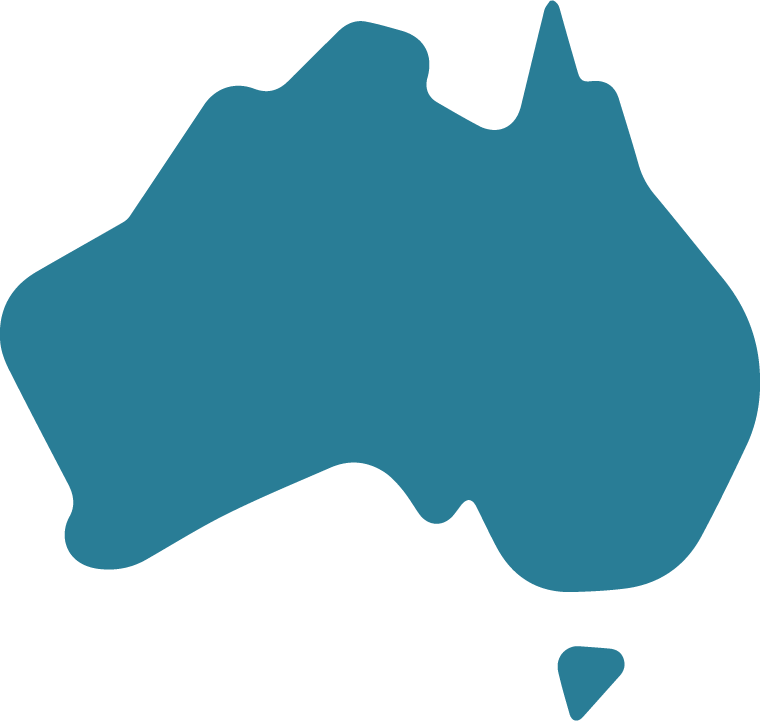Summary
In 2020–21, an estimated $220.9 billion was spent on health goods and services in Australia. This equated to an average of approximately $8,617 per person and comprised 10.7% of overall economic activity.
After adjusting for inflation, total health spending (recurrent and capital) was 7.1% more than in 2019–20. While this growth was more than double the average yearly growth rate over the decade to 2020–21 (3.4%), it largely reflected a rebound back to pre-pandemic health spending trends, particularly for non-government spending.
Governments funded around 70.6% of health spending – $94.4 billion by the Australian Government and $61.6 billion by state and territory governments.
Unlike the previous year, when government spending grew by 4.7% while non-government spending declined by 5.4%, in 2020-21, there was growth in health spending for both government and non-government sources. Government health spending increased by 7.3% and non-government spending increasing by 6.4% in real terms. Spending by individuals was the largest source of growth in non-government spending at $33.2 billion (9.3% more than in 2019–20), likely associated with the easing of pandemic restrictions. Despite this rebound, the proportion of health spending funded by individuals remained relatively low after generally declining over the past decade (14.7% and 15.0% in current prices in the last two financial years compared with 18.0% in 2010–11).
The ratio of health spending to total government expenses across all portfolios fell by 0.3 percentage points (from 15.7% in 2019–20 to 15.4% in 2020–21). At the same time, the ratio of government health spending to tax revenue increased by 0.6 percentage points (from 26.2% in 2019–20 to 26.8% in 2020–21, the highest ratio since 1995–96 when consistent data became available). This indicates that, while growth in health spending was relatively strong, government expenses in other areas of the economy grew even more. It also indicates that this overall increase in government spending exceeded growth in tax revenues, with funding being derived through increased borrowing and other revenue sources.
During 2020–21, spending increased on most areas of health. The greatest increases in recurrent spending were for:
- primary health care, a $6.7 billion (10.1%) increase in real terms, which was associated with increased spending related to the pandemic, such as personal protective equipment and the first stages of the COVID-19 vaccine rollout.
- hospitals, a $4.2 billion (4.9%) increase in real terms. This growth in hospital spending was partially driven by an increase in overall hospitalisations (including elective surgery services) due to the easing of COVID-19 restrictions in 2020–21.





